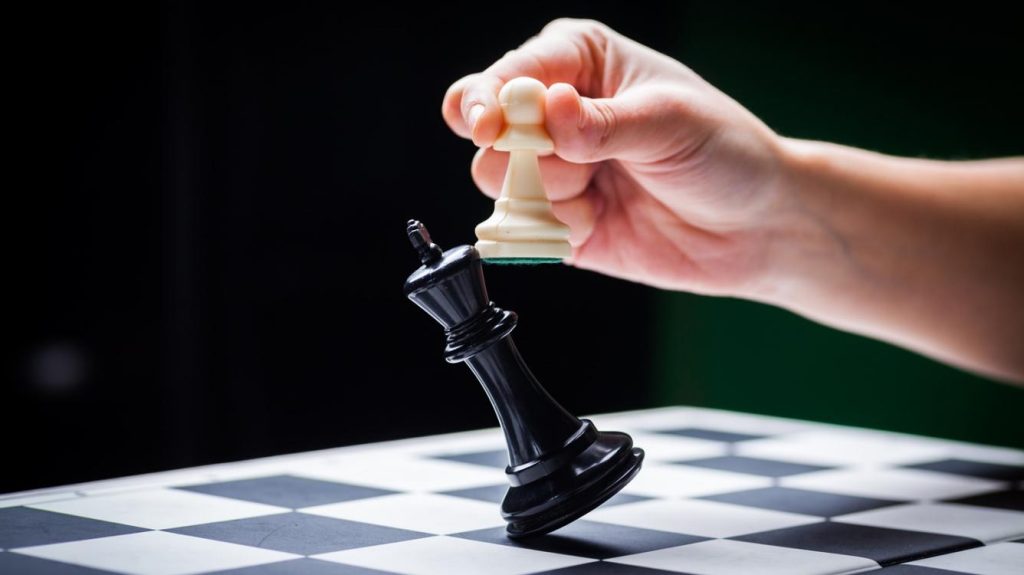Endgame excellence stands as the ultimate test of a chess player’s strategic acumen and tactical finesse. As the pieces dwindle on the board, the endgame transitions into a delicate dance of kings, queens, and pawns, where every move carries heightened significance. Securing victory in the final chess stages demands a nuanced understanding of pawn structures, precise calculation, and an acute awareness of the subtleties that can tip the scales in one’s favor. The endgame is often likened to a laboratory for chess virtuosos, where the symphony of opening and middlegame maneuvers crescendos into a final, decisive act. At the heart of endgame mastery lies an appreciation for the power of pawns. In the endgame, these humble foot soldiers transform into potent weapons that can shape the course of battle. Understanding pawn structures and recognizing key pawn breaks are essential for gaining a positional advantage. Successful endgame play often hinges on the ability to create and exploit pawn weaknesses, converting them into tangible advantages that propel a player toward victory.

A single pawn move can be the catalyst for a decisive breakthrough or a strategic blockade, setting the stage for a triumphant endgame. Precise calculation becomes paramount as the board clears, and the endgame emerges. IchessU chess school move carries lasting consequences, with the distance between success and failure narrowing. Players must navigate intricate variations, foreseeing the repercussions of each decision. The endgame demands a heightened level of accuracy and foresight, as players strive to outmaneuver their opponents in a battle of wits and calculation. Whether it is a breakthrough tactic or a subtle king maneuver, the endgame requires players to think several moves ahead, anticipating the evolving dynamics of the board. In the final stages of a chess match, the kings become central figures, transitioning from passive observers to active participants.
King activity and centralized placement are key factors in endgame success. A well-placed king can function as a powerful attacker, defender, and supporter of pawn advances. The art of king maneuvering involves finding the delicate balance between safety and aggression, seizing the initiative while safeguarding against potential counterattacks. King and pawn endings, in particular, showcase the monarch’s prowess as both a guardian and a driving force toward victory. In the quest for endgame excellence, the subtleties matter. Seizing the initiative, exploiting pawn structures, calculating with precision, and orchestrating the king’s role are the hallmarks of a masterful endgame player. Victory in the final chess stages is not merely a result of brute force or flashy combinations but a testament to strategic finesse and a deep understanding of the intricate dance that unfolds as the game reaches its climax. It is in the endgame that a player’s true chess artistry is revealed, leaving an indelible mark on the board and etching their name in the annals of chess greatness.



